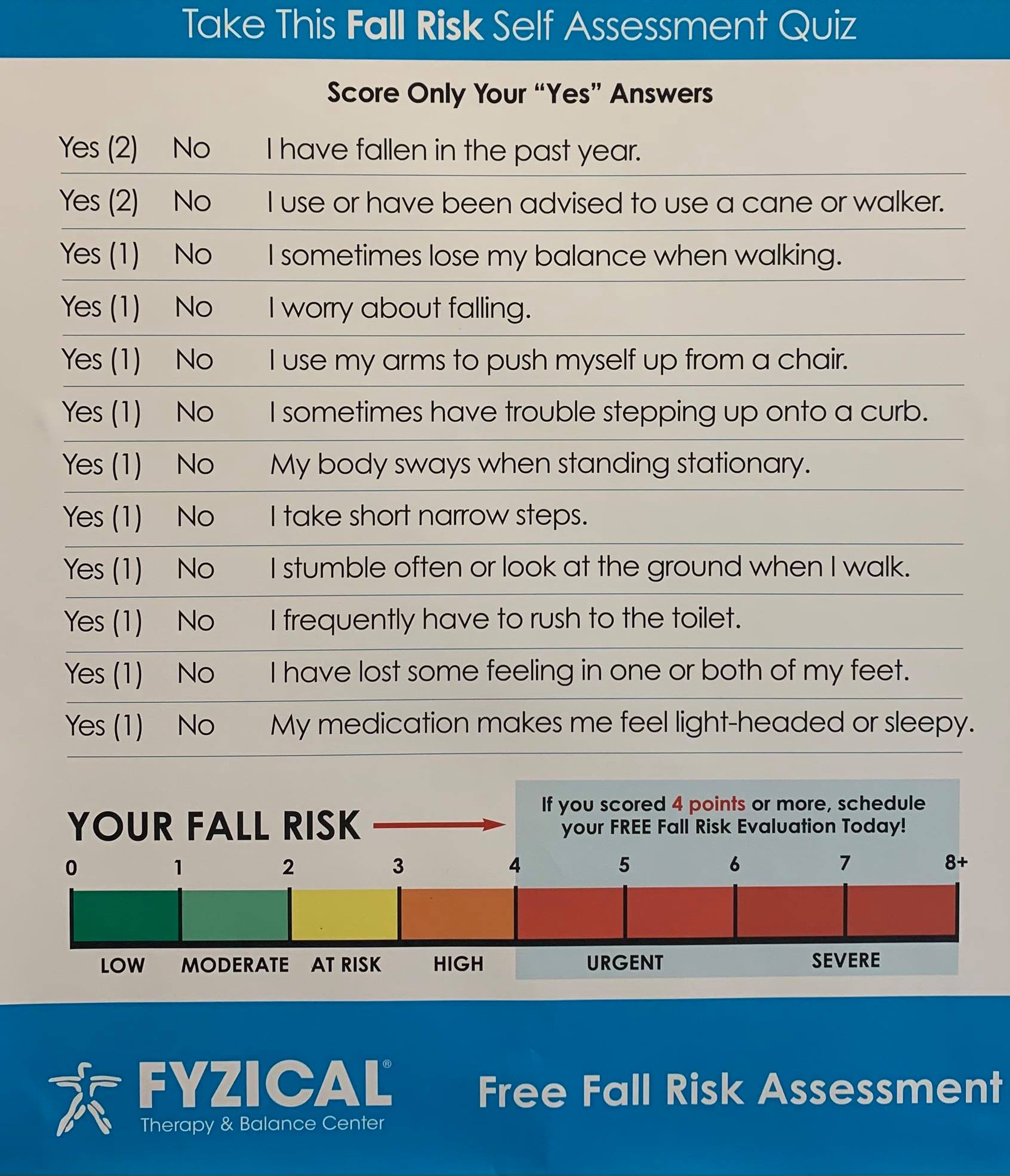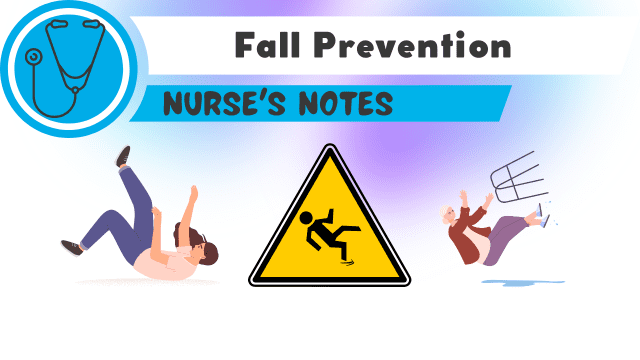Facts About Dementia Fall Risk Revealed
Table of ContentsDementia Fall Risk for DummiesExcitement About Dementia Fall RiskThe Best Guide To Dementia Fall RiskWhat Does Dementia Fall Risk Do?
An autumn threat evaluation checks to see exactly how likely it is that you will certainly drop. The analysis usually consists of: This includes a series of questions about your general health and wellness and if you have actually had previous falls or issues with equilibrium, standing, and/or strolling.STEADI includes screening, analyzing, and treatment. Treatments are suggestions that might minimize your threat of falling. STEADI includes three actions: you for your danger of dropping for your danger aspects that can be enhanced to attempt to stop drops (for instance, balance problems, impaired vision) to decrease your danger of falling by utilizing reliable techniques (as an example, supplying education and learning and sources), you may be asked numerous inquiries consisting of: Have you dropped in the previous year? Do you really feel unsteady when standing or strolling? Are you bothered with falling?, your supplier will examine your strength, balance, and stride, using the adhering to autumn analysis tools: This test checks your stride.
If it takes you 12 secs or even more, it might imply you are at greater threat for a loss. This test checks stamina and equilibrium.
The placements will get more challenging as you go. Stand with your feet side-by-side. Relocate one foot halfway onward, so the instep is touching the big toe of your various other foot. Relocate one foot totally before the various other, so the toes are touching the heel of your other foot.
The 5-Second Trick For Dementia Fall Risk
The majority of drops occur as an outcome of numerous adding aspects; as a result, managing the threat of dropping begins with recognizing the factors that add to fall risk - Dementia Fall Risk. Some of the most pertinent danger factors consist of: History of prior fallsChronic medical conditionsAcute illnessImpaired gait and balance, reduced extremity weaknessCognitive impairmentChanges in visionCertain risky drugs and polypharmacyEnvironmental elements can additionally enhance the threat for drops, consisting of: Insufficient lightingUneven or damaged flooringWet or unsafe floorsMissing or harmed handrails and get hold of barsDamaged or poorly fitted devices, such as beds, wheelchairs, or walkersImproper use of assistive devicesInadequate supervision of the people staying in the NF, including those who display aggressive behaviorsA effective autumn risk monitoring program requires an extensive clinical evaluation, with input from all participants of the interdisciplinary team

The treatment plan must likewise include treatments that are system-based, such as those that promote a risk-free setting (ideal lighting, handrails, grab bars, and so on). The efficiency of the interventions should click here to read be evaluated periodically, and the care plan changed as necessary to show adjustments in the loss risk evaluation. Applying an autumn risk administration system using evidence-based ideal method can decrease the prevalence of falls in the NF, while restricting the possibility for fall-related injuries.
Excitement About Dementia Fall Risk
The AGS/BGS guideline advises screening all grownups matured 65 years and older for loss risk every year. This screening is composed of asking individuals whether they have actually dropped 2 or even more times in the previous year or looked for clinical interest for a loss, or, visit the site if they have actually not dropped, whether they feel unsteady when walking.
Individuals who have actually dropped once without injury needs to have their balance and stride reviewed; those with stride or balance irregularities need to obtain additional assessment. A history of 1 autumn without injury and without gait or balance issues does not warrant more assessment beyond continued yearly loss threat screening. Dementia Fall Risk. A loss threat analysis is called for as part of the Welcome to Medicare assessment

Fascination About Dementia Fall Risk
Recording a falls history is among the quality indicators for loss prevention and administration. An essential component of risk evaluation is a medication review. A number of courses internet of medicines increase loss danger (Table 2). Psychoactive drugs in specific are independent forecasters of falls. These medications often tend to be sedating, modify the sensorium, and harm balance and gait.
Postural hypotension can typically be reduced by decreasing the dose of blood pressurelowering medicines and/or quiting medications that have orthostatic hypotension as a side effect. Use above-the-knee support tube and sleeping with the head of the bed elevated may likewise decrease postural decreases in blood pressure. The advisable elements of a fall-focused checkup are shown in Box 1.

A TUG time higher than or equal to 12 seconds recommends high autumn threat. The 30-Second Chair Stand examination evaluates lower extremity toughness and equilibrium. Being not able to stand from a chair of knee height without making use of one's arms indicates increased loss risk. The 4-Stage Equilibrium examination analyzes static balance by having the patient stand in 4 settings, each progressively more challenging.